Shop
Lamellar armor originally came from the East and was primarily used in Eastern Europe. In Scandinavia, lamellar armor was widespread from the Viking Age (793 – 1066) until the second half of the 14th century. Our set of Lamellar Armor with Shoulders includes torso protection and a pair of pauldrons. It is made from metal
Our Splinted Full legs are crafted with both protection and comfort in mind. They consist of a set of Splinted Cuisses with Knees and Splinted Greaves, combined here for ease of purchase. Please note that measurements should be with padding/gambeson.
In the second part of the XVI century the effectiveness of gunpowder increased. Consequently, the armories that produced firearms began to prevail over those that produced armor. There was a need to strengthen armor, especially that of the chest, against bullets. This led heavier and heavier armor. These modifications prompted the knights to refuse less
Brigandine armor is composed of plates riveted to cloth or leather. This type of armor design was really popular and common in Medieval Europe. Obviously, it was much easier (and cheaper as well) to use pieces of iron or steel than to shape a flat sheet of metal. Images of brigandine type spaulders can be
The bascinet was the most commonly used helm in the Middle Ages. Beginning in the XIV century and continuing into the XV century, the bascinet began to develop different features. For example, from approximately 1360 – 1370, the bascinet acquired a new type of visor connection called the “Klappvisor”. This fully visored style of bascinet
From around 1330 until about 1410, bascinet shaped helmets were the most popular helmet type in medieval Europe. The bascinet was developed from the skull cap, and since approximately 1330 the bottom edge of the high bascinet became more extended and elongated to cover the ears and upper part of the neck. Starting in about
Gauntlets with metal plates were first mentioned in the last decade of the XIII century. Before this, gloves were made of leather soaked in wax and were reinforced by iron, steel or brass plates. The construction of brigandine gauntlets of this period was similar to the way a coat of plates was made. Steel plates
Our Plate Spine Protection augments your already extant spine protection and was developed specifically for those who engage in full contact medieval combat sports. The steel rondel usually found on the back of the aventail isn’t always enough which is why you’ll need our plate spine protection for buhurt. It consists of a curved neck
A gambeson is the most basic piece of equipment you’ll need in order to get started with historical medieval battle. Armor begins from padding; it serves as a shock-absorber between your body and steel armor. When choosing a gambeson, consider its thickness and bulk. Otherwise, you run the risk of overheating during intense fights in
Our Elbow Cops with Rondels Type-2 are based off armor from the XIV and early XV centuries. These elbow cops are equipped with bowl-shaped rondels and a reinforcement rib which goes all around the edge of the rondel. The elbow of the piece is slightly pointed at the olecranon area. The decorative elements are made of
Our Elbow Cops with Rondels are based off armor from the XIV and early XV centuries. These elbow cops are equipped with bowl-shaped rondels and a reinforcement rib which goes all around the edge of the rondel. The elbow of the piece is slightly pointed at the olecranon area. Our Elbow Cops with Rondels are

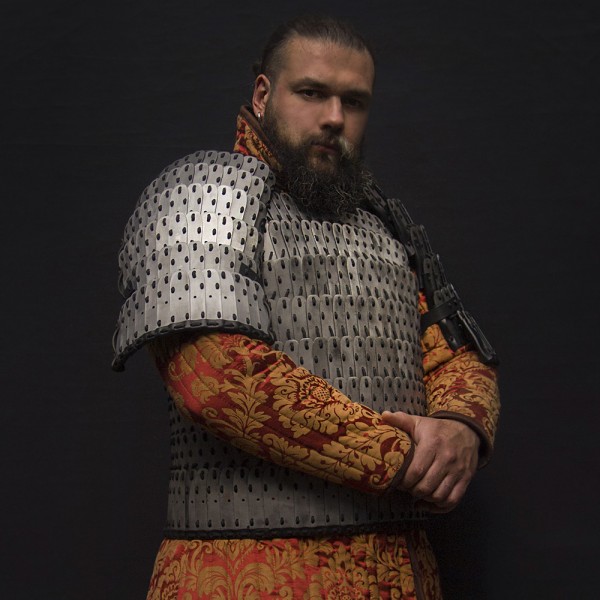
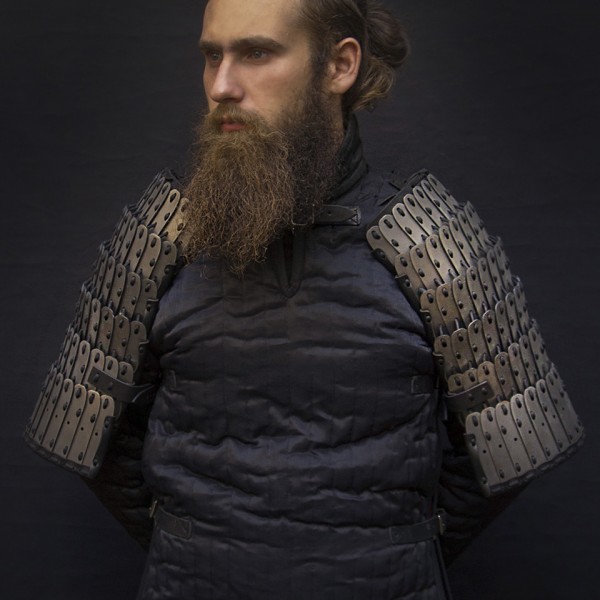
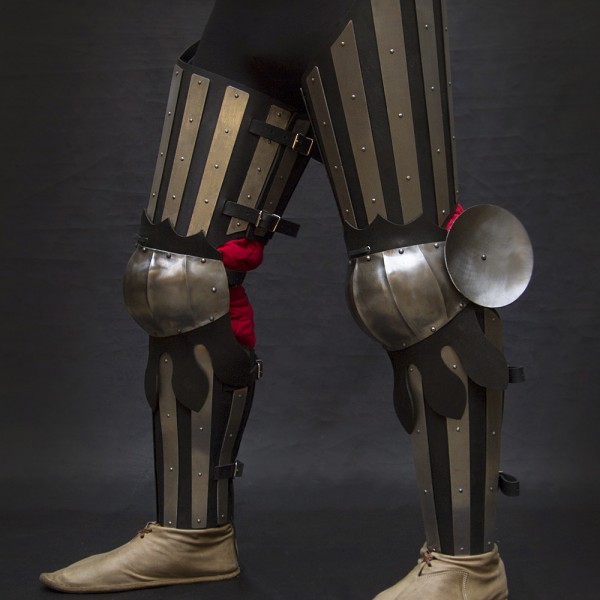
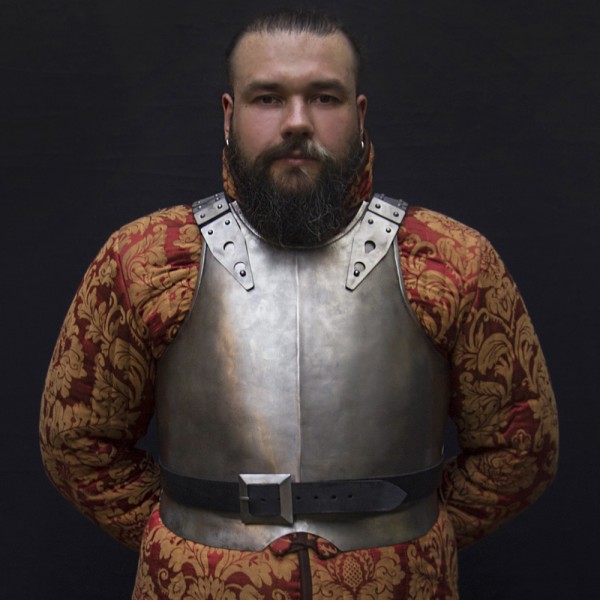
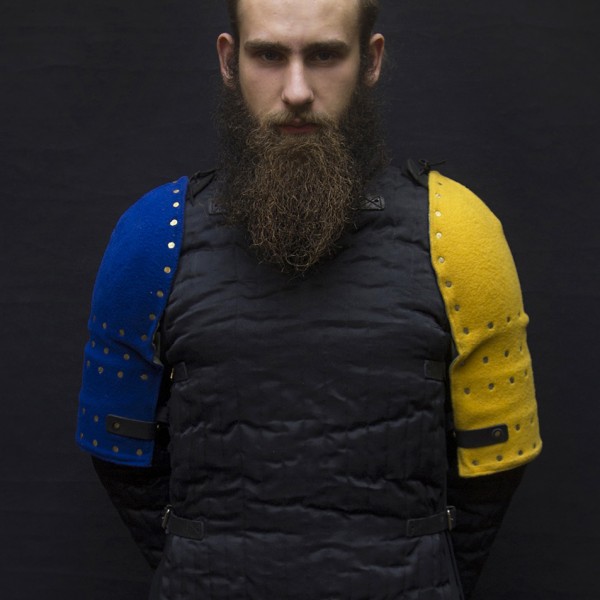

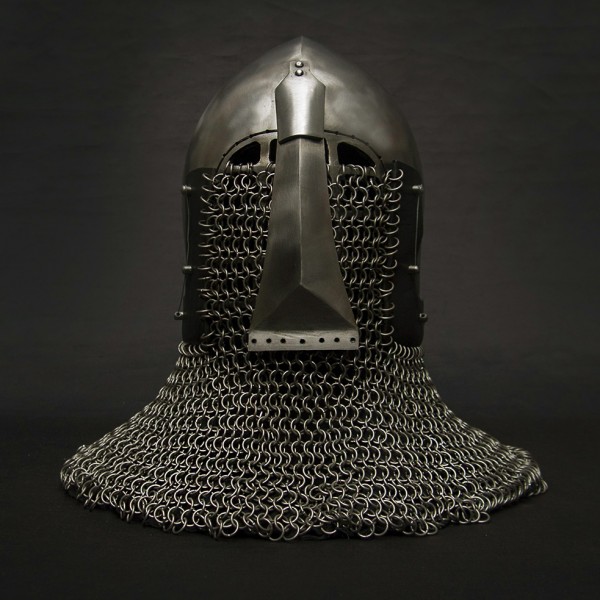


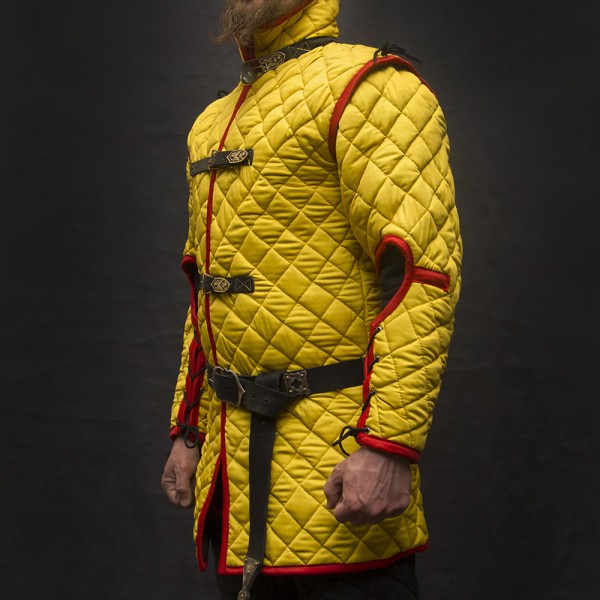
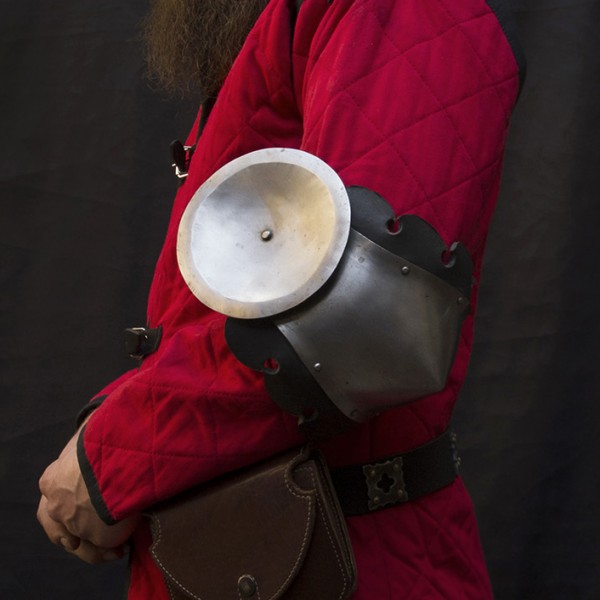
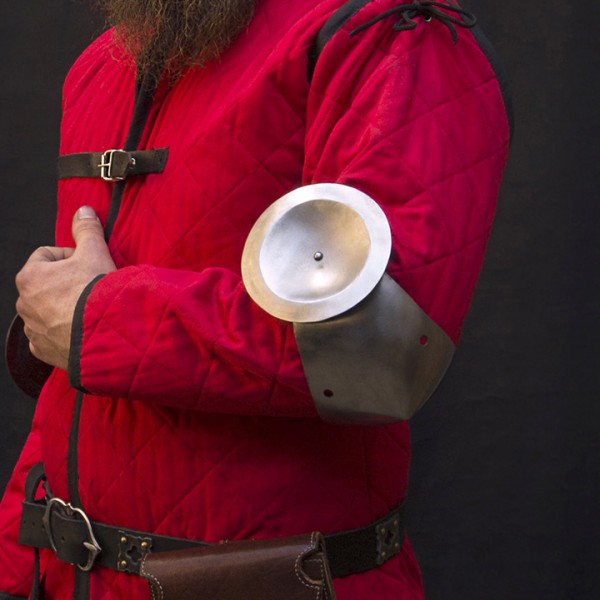
 Shop
Shop